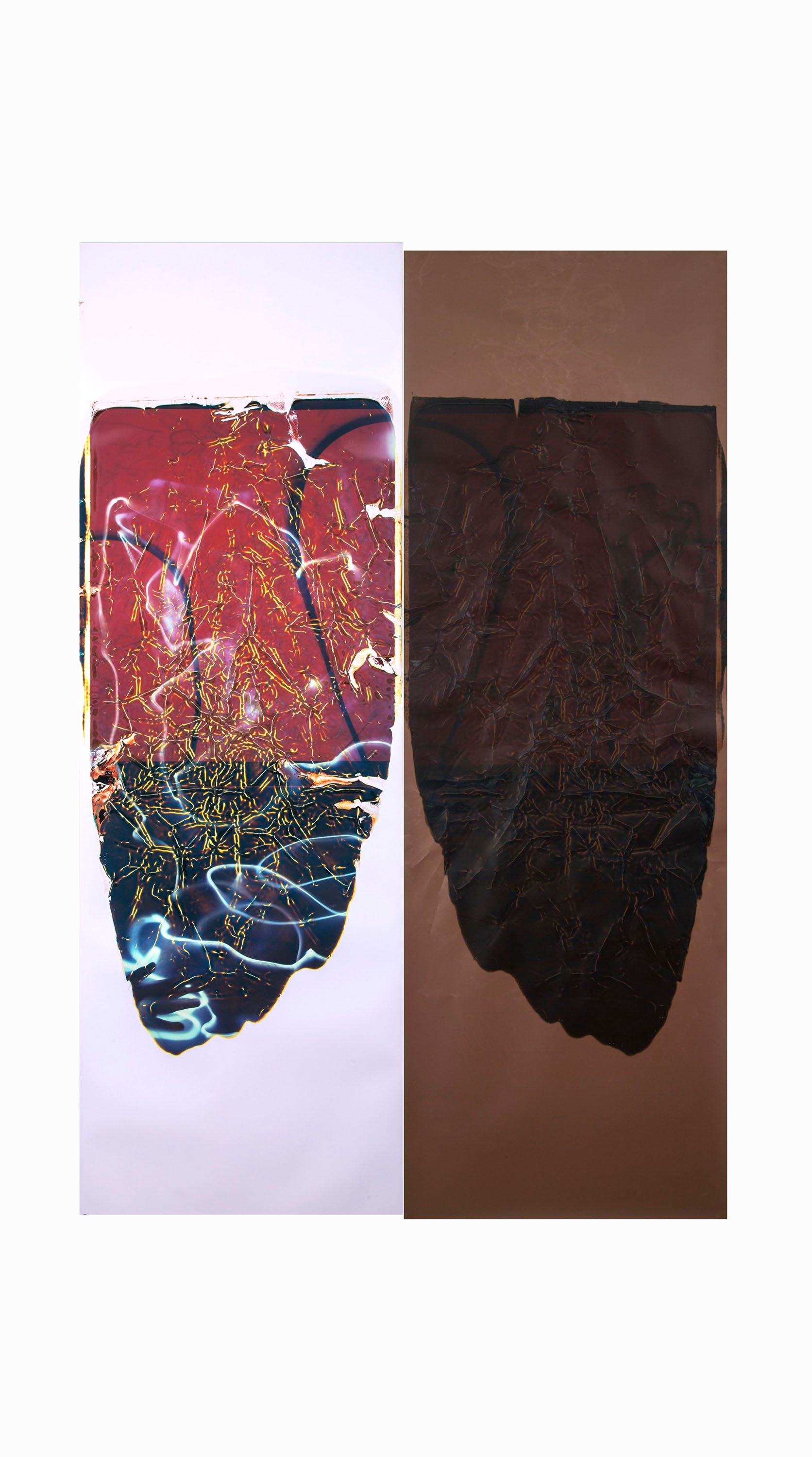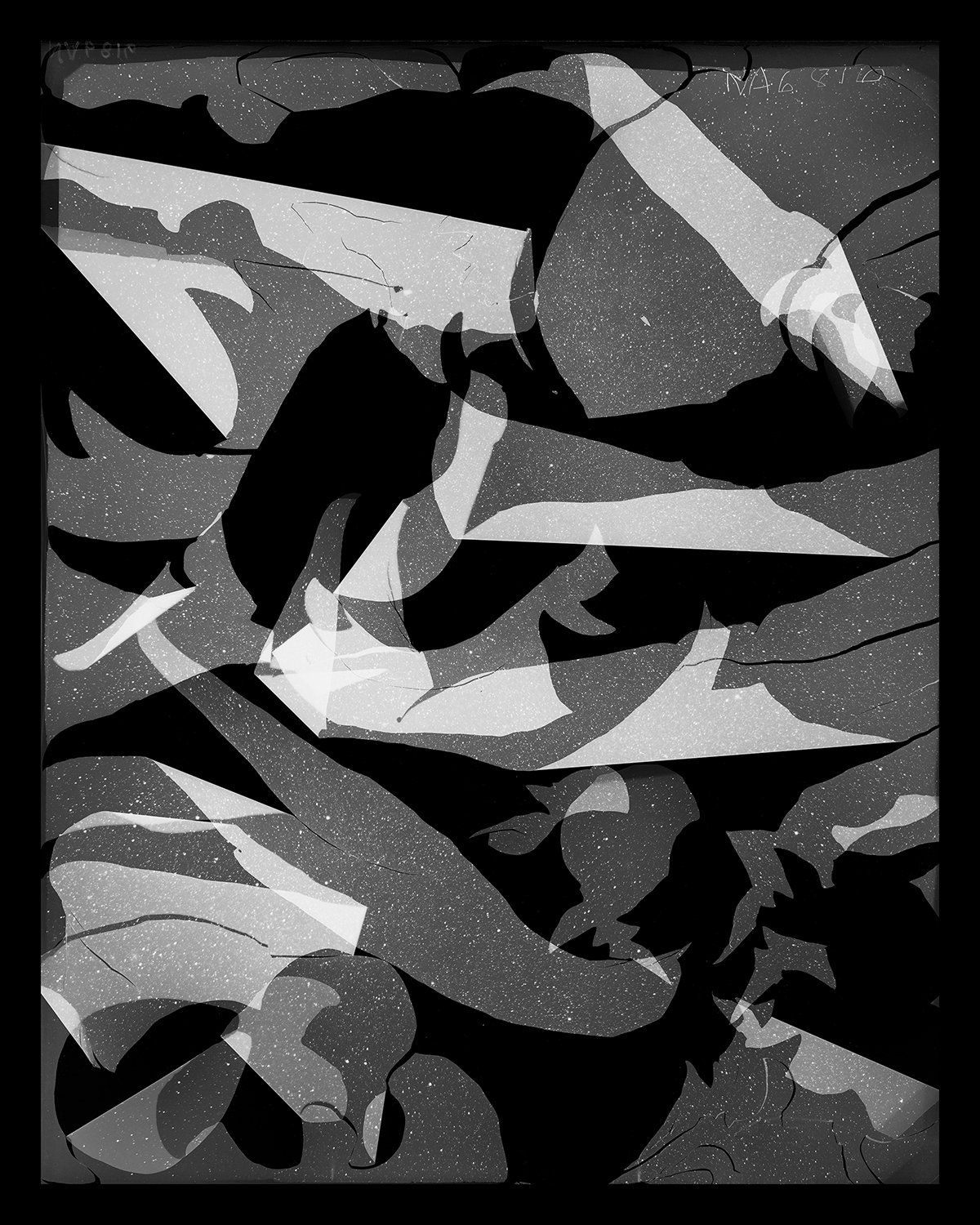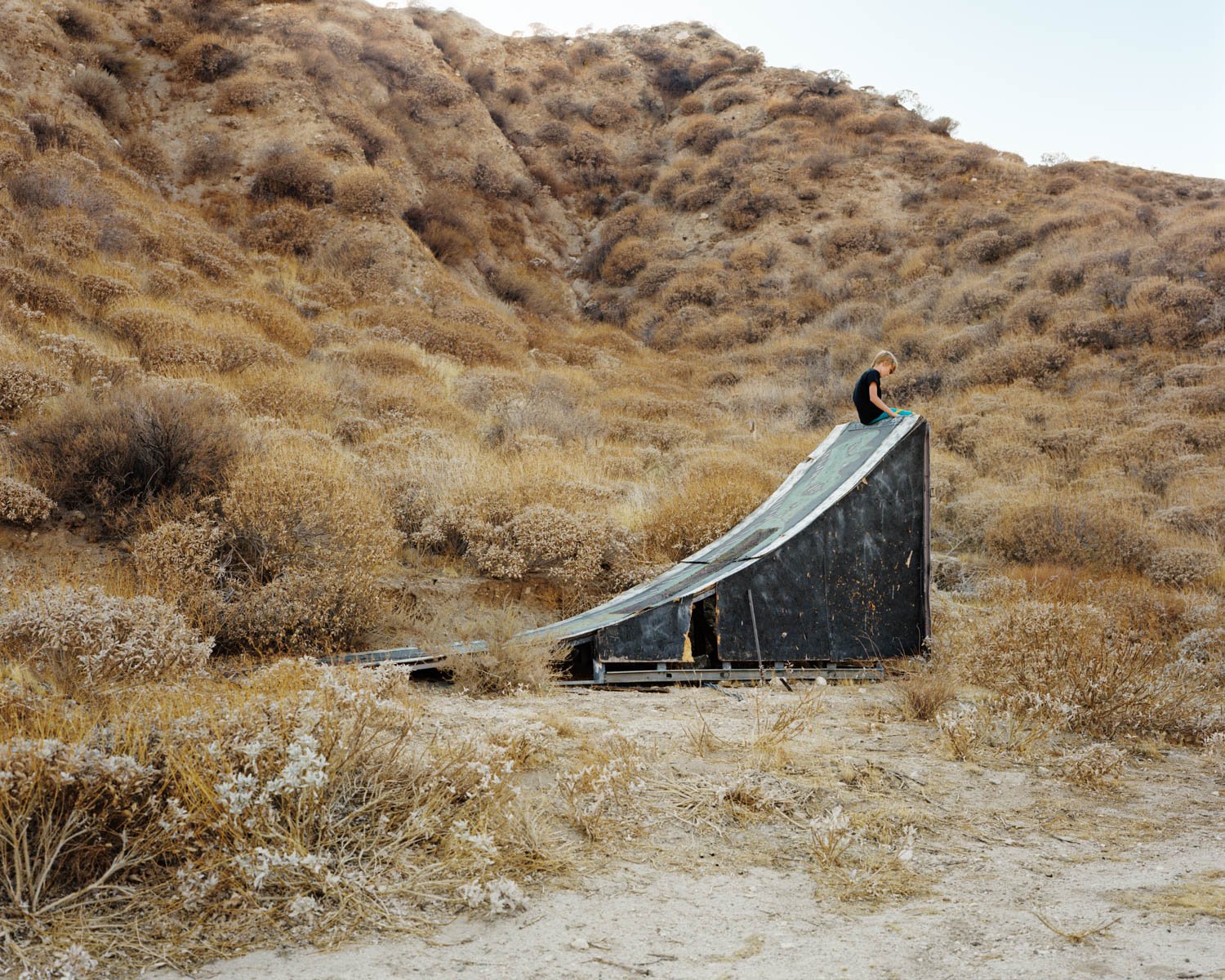ARTIST BREAKDOWN P.II: UnBound11!
UnBound11!
ANNUAL JURIED + INVITATIONAL EXHIBITION
July 1 - August 6, 2022
Follow along over the next few weeks as we spotlight works currently on view at Candela Gallery. This summer group exhibition is our annual open call and is dedicated to featuring a wide range of photographic artworks, fine art photography, and artist books. We are proud of UnBound's mission to generate opportunities and exposure beyond the traditional group or juried show by providing a collection opportunity for artists. All funds raised throughout the show, help us reach our 2022 goal of 10k to support participating artists by acquiring work into the Candela Collection, which will one day be donated to an institution. Visit our shop to give, purchase the exhibition catalog, and/or snag some Candela merch. 100% of the proceeds raised will go towards supporting participating artists.
ELLEN CAREY
“How is this picture made?” and “What is this a picture of?” are questions asked about my work. They address photography as process and the conundrum of an image without a picture ‘sign’ to read. Light’s immateriality challenges its makers today, analog versus digital, doubles our challenges.
Crush & Pull w/ Hands and Penlight (1B), 2021. Polaroid 20 x 24, Color Positive w/ Negative, 80 x 22 inches (each). Unique. $24,000/pair
“What is a 21st century photograph?” finds my answer in partnering 19th century photogram with 20th century Polaroid’s instant technology. “What do these two have in common?” and “Where do they overlap?” My answer sees the negative.
Crush & Pull w/ Hands and Penlight (2B), 2021. Polaroid 20 x 24, Color Positive w/ Negative, 80 x 22 inches (each). Unique. $24,000/pair
"Crush & Pull" combines Polaroid and photogram using the Polaroid negative to create new abstract forms and blended hues with experimental approaches and innovative process-driven methods located in: chemistry-laden Polaroid pods and the light-tight darkroom. Here, Polaroid’s 20th century instant technology meets the wonder of 19th century photograms.
"Crush & Pull" links my photographic experiments in color with process, minimalism and abstraction, light and its variations, often with 'zero' exposure, uniting my twin practices "Struck by Light" and "Photography Degree Zero" for the first time."Crush & Pull" bridges ideas from my own photograms, its collective history and those practitioners to ideas in Polaroid, instant technology's history and Polaroid 20 X 24 practitioners.
My project revisits the negative, rich in -- metaphor, object, picture ‘sign’ -- that delivers a whole new approach to picture making, underscored in -- concept, context, content -- with a unique, new photographic object that has never been seen or done before. The history of the ‘shadow’ in art is cited in photogram, a paper negative (1834) contact printed for its positive (1840). Polaroid 20 X 24 (circa 1980s) makes a large negative transferring it in development to make the positive (www.20X24Studio.com) in a one-step, peel-away process, a large contact print in 60 seconds. The negative-to-positive duality, the foundation in all photography, is similar in photogram and Polaroid processes; I am the only Polaroid artist to keep and exhibit the negatives. In current discourse, the negative is often forgotten, remaining “hidden”, a means to an end, a document, its ‘picture sign’ in portrait, landscape, still life, figure. "Crush & Pull" starts with a Polaroid negative, reversing time-honored photogram methods whereby the image ends as a negative. Polaroid’s negative, physically crushed - touching an emulsion’s surface taboo - by me breaks tradition; now it becomes both object and receiver of light. In traditional photograms, an object, placed between light and chemically coated, light sensitive paper, is the referent.After exposure, a silhouetted image, a ghostly shadow of the object outlined in light sees the negative, later contact printed for its positive.
In my work, the referent is removed, I use only light, photography's indexical and the object is the negative. In the color and/or a darkroom, where I make my photograms, a “light-tight” environment allows no light, except upon exposure. For "Crush & Pull" the Polaroid negative, after exposure in a darkroom, is developed with Polaroid's “pods”. Switching chemistry and purpose of the negative further breaks photography's collective histories; my performance in the black box of the darkroom lets light create on its own terms, presenting "Crush & Pul"l as a Polaroid Photogram* answering my question: “What is a 21st century photograph?”
JUSTIN CARNEY
Ashes, 2020. Archival Pigment Print, 17 x 22 inches. Edition of 10 + 3AP. $875, Framed
Home, 2021. Archival Pigment Print, 17 x 22 inches. Edition of 10 + 3AP. $875, Framed
The work is an embodiment of the ephemerality of memory and a search for the complex bond that is passed down through family history. After witnessing my grandmother’s death in our house, I realized how temporary life is and how quickly memories fade without my control. I’ve forgotten many aspects about my grandmother and I fear the day when I will forget my family’s faces, their laugh, and how it felt to be next to them. What will become of me when they pass, and I am the one left behind?
I use photography, mono-printing techniques, and erasing with sandpaper to embody the process of forgetting. The gestural act of sanding and painting works to claim this unconscious process of forgetting as a necessary part of life, of me, rather than as something harmful. By mixing elements of control and uncontrol, creating abstractions and photographic representations, the work exists on two levels: the physical and the mental, both affecting each other simultaneously.
The materials nature to hide, obscure, and abstract reveals a connection that surpasses death, that lives beyond the photo, beyond the fallacy of memory. Even when the subject is erased in the image, its silhouette remains as a ghost, forever there but illegible. Elements in the photographs are left legible as a metaphor about how people are more than just their bodies, their faces, and the events shared. Although faces may not be remembered, the person and their effect on us, their affect for us, that shaped us, is engrained into our very DNA. Form may change but it does not disappear.
Through sharing my own struggles to cope with my family’s death, the photos open a door for conversation about death and healing in our community. The ephemerality of our bodies and our memories makes our relationship with our loved ones that much stronger and causes us to appreciate the time we do have. Although bodies and memories dissolve, the ones we love will forever remain etched into the fabric of our being.
ERIC WILLIAM CARROLL
NA6816, 03/29/82, 2018. Photogravure, 10 x 8 inch image on 14 x 11 inch paper. AP1 from Edition of 10 + 5AP. $500
Standard Stars is the culmination of several years of photographing and working with materials from the Astronomical Photographic Data Archive housed at PARI, a former NASA base located in the Pisgah National Forest in Rosman, North Carolina. The Astronomical Photographic Data Archive is attempting to collect all the glass plate astronomical photographs in one central repository, and currently maintains a collection of over 500,000 unique images. My interest in the collection is focused on the objects that have deteriorated due to time, human error, or a combination of the two.
Over several trips between 2013 and 2020 I immersed myself in the archive and found images where the plates were dropped, improperly stored, or have succumbed to the ravages of time. Broken glass, peeling emulsion, and the human attempts to stop or correct these errors interact with the stars and galaxies they seek to preserve. Visually and metaphorically, the Astronomical Photographic Data Archive represents the human attempt to study, organize, and represent the Universe. In my version of the archive, the organization and representation devolves into chaos and abstraction.
ADRIENNE CATANESE
Ionic Columns, 2021. Archival Pigment Print, 22 x 18 inches. Open Edition. $800
Images from my current, in-process series using my own fat-body-as-object. By incorporating my own (painted) body into still life arrangements, I defamiliarize the body, and invite the viewer to evaluate the body's value by its attributes: beauty standards yield in favor of an appreciation of form.
TRACY L CHANDLER
Eli on Ramp, 2021. Archival Pigment Print, 40 x 50 inches. Edition of 4 + 2 AP. $2400
A Poor Sort of Memory is a series of photographs made in my hometown in the California desert. I use my own personal history and specific memories to craft a new photographic fiction. Through metaphor and staged constructions, I explore vulnerability, isolation, and the awkward process of coming of age. Weaving together landscapes, symbolic objects, and portraiture of my son, Eli, I attempt to embrace memory as an unreliable narrator and bear witness to my son’s unique maturation amidst the recollections of my own past long gone.








